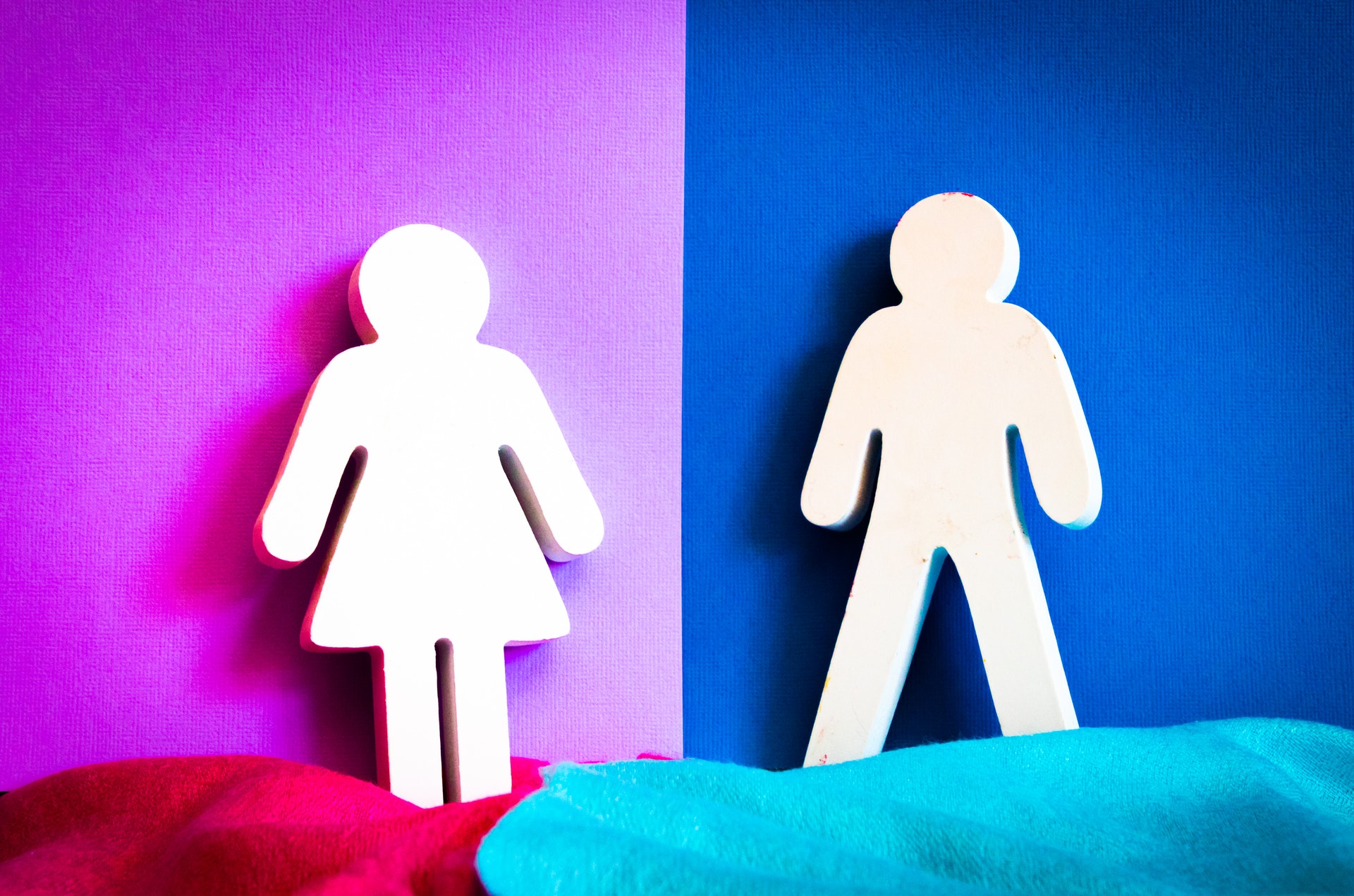The original version of this article was first published in Psychology Today by Jonathan D. Raskin, Ph.D. (Follow him on Twitter).
Gender identity refers to how one understands and experiences one’s own gender. It involves a person’s psychological sense of being male, female, or neither (APA, 2012). Those who identify as transgender feel that their gender identity doesn’t match their biological sex or the gender they were assigned at birth; in some cases, they don’t feel they fit into either the male or female gender categories (APA, 2012; Moleiro & Pinto, 2015). How people live out their gender identities in everyday life (in terms of how they dress, behave, and express themselves) constitutes their gender expression (APA, 2012; Drescher, 2014).
“Male” and “female” are the most common gender identities in Western culture; they form a dualistic way of thinking about gender that often informs the identity options that people feel are available to them (Prentice & Carranza, 2002). Anyone, regardless of biological sex, can closely adhere to culturally-constructed notions of “maleness” or “femaleness” by dressing, talking, and taking interest in activities stereotypically associated with traditional male or female gender identities. However, many people think “outside the box” when it comes to gender, constructing identities for themselves that move beyond the male-female binary. For examples, explore lists of famous “gender benders” from Oxygen, Vogue, More, and The Cut (not to mention Mr. and Mrs. Potato Head, whose evolving gender identities made headlines this week).
Whether society approves of these identities or not, the science on whether there are more than two genders is clear; there are as many possible gender identities as there are people psychologically forming identities. Rep. Taylor Greene’s insistence that there are just two genders merely reflects Western culture’s longstanding tradition of only recognizing “male” and “female” gender identities as “normal.” However, if we are to “trust the science” (as Rep. Taylor Greene’s recommends), then the first thing we need to do is stop mixing up biological sex and gender identity. The former may be constrained by biology, but the latter is only constrained by our imaginations.
The original version of this article was first published in Psychology Today.
At LCC we have a dedicated and highly skilled team ready to help you.
Call us now on 01462 674671 for a confidential, no-obligation discussion of how we can help you with your gender identity.





